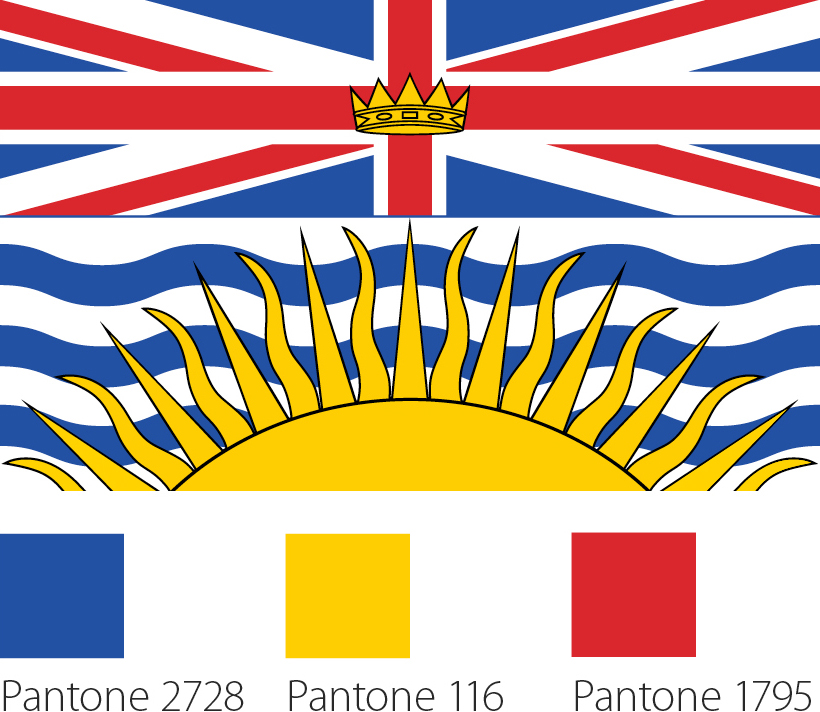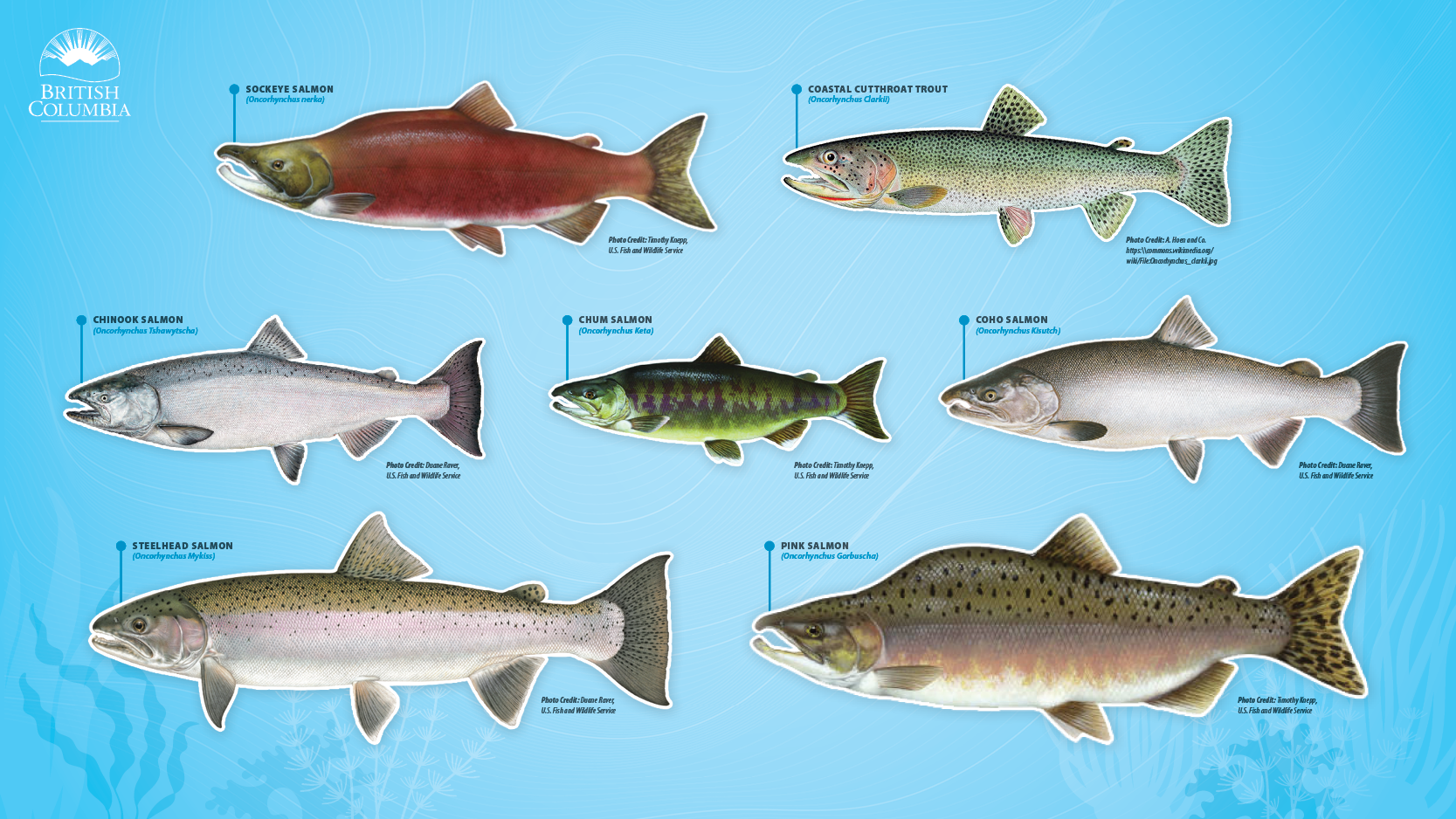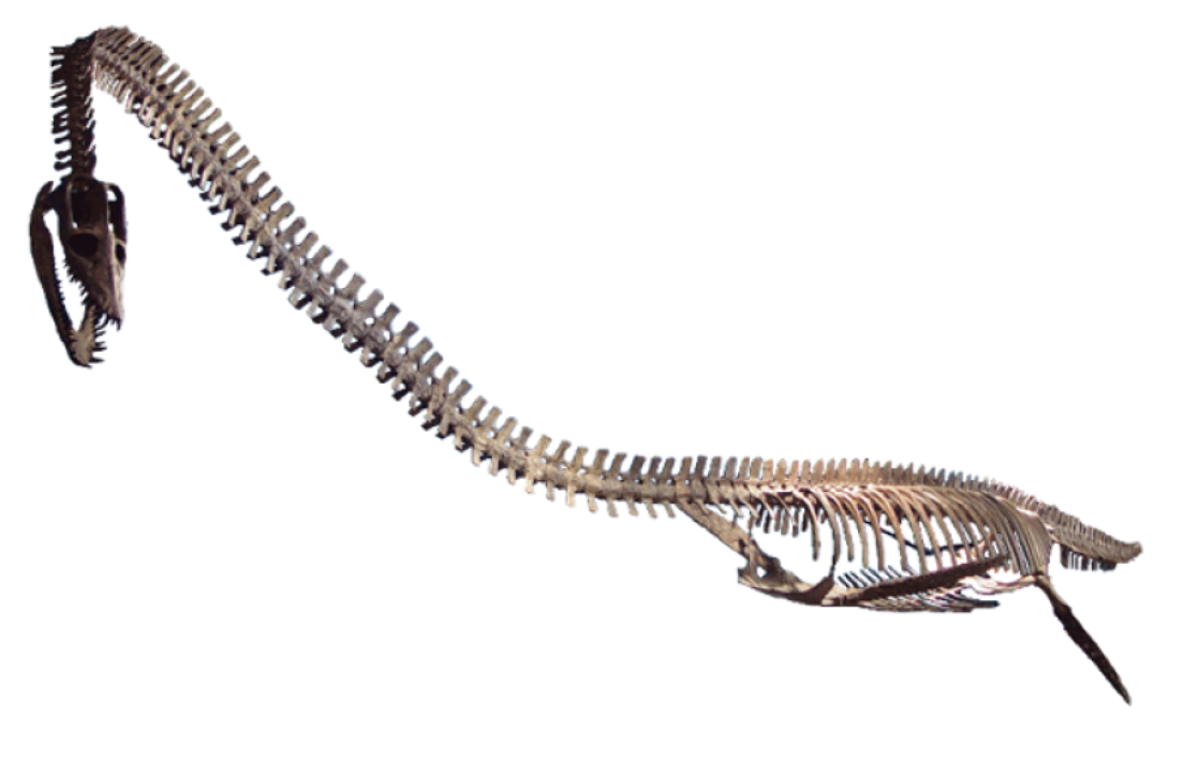B.C. Symbols
Several provincial symbols have been established to highlight unique and important elements of B.C.
B.C.'s Coat of Arms
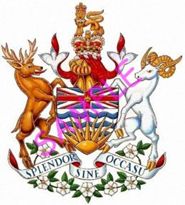
B.C.'s Coat of Arms was granted by Her Majesty Queen Elizabeth II on October 15, 1987. It's an important element in our visual heritage and a symbol of our co-sovereign status as a province of Canada. Use of the Coat of Arms image is restricted under B.C. law.
Learn more about the history and use of B.C.'s Coat of Arms.
The Shield of British Columbia
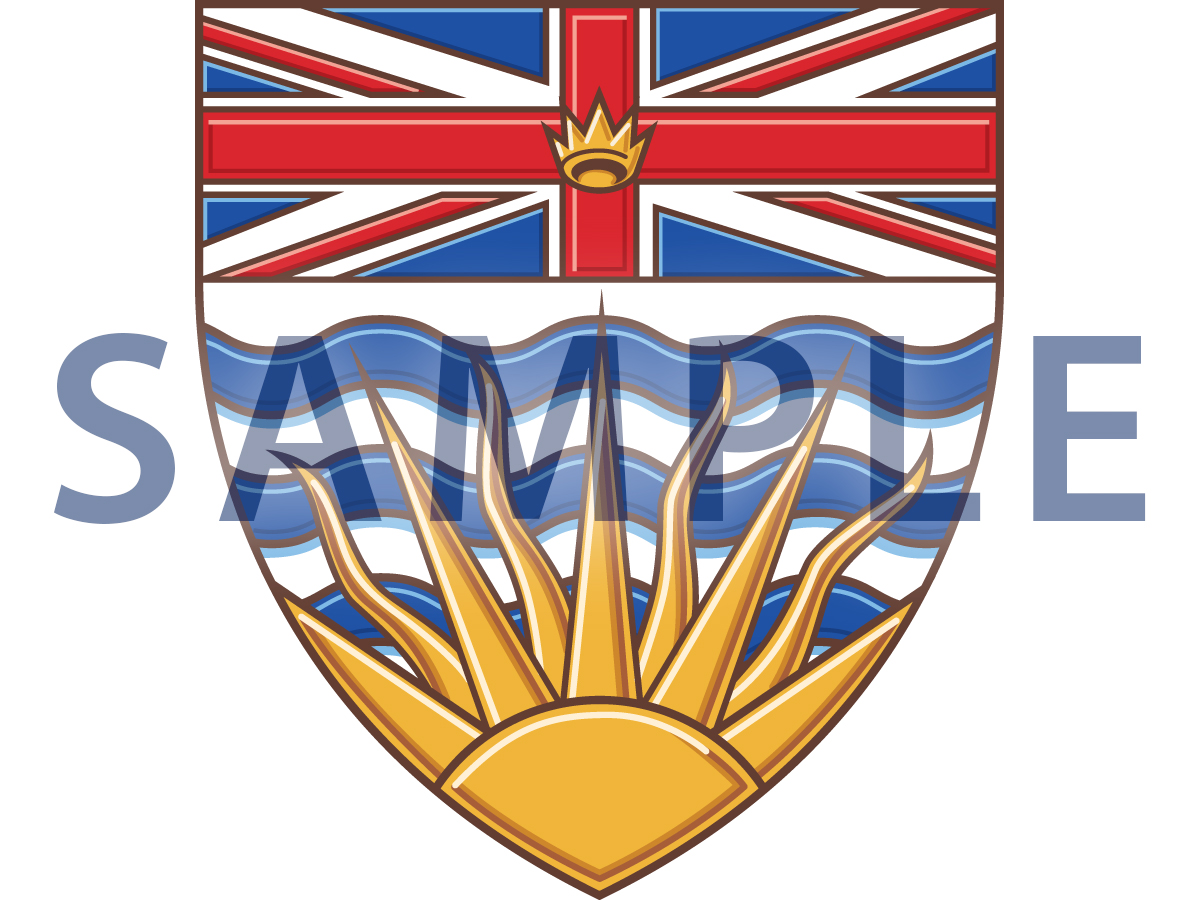
The Shield of B.C., or Central Arms, or Shield of Arms (which is also used within the Coat of Arms) is strictly reserved for use by the following individuals and entities: the Lieutenant Governor, the Premier, Cabinet, Members of the Legislative Assembly elected by the citizens of British Columbia, the Provincial and Supreme Courts of British Columbia, and the British Columbia Court of Appeal. In addition, independent authorities, statutory offices and self-regulating bodies constituted by and authorized to enact provincial legislation can use the Shield of Arms. No other individuals or areas within the Executive, Legislative, or Judicial branches are authorized to use the Shield of B.C.
Contact the B.C. Protocol office to enquire about permission to use the Shield of Arms.
The Great Seal
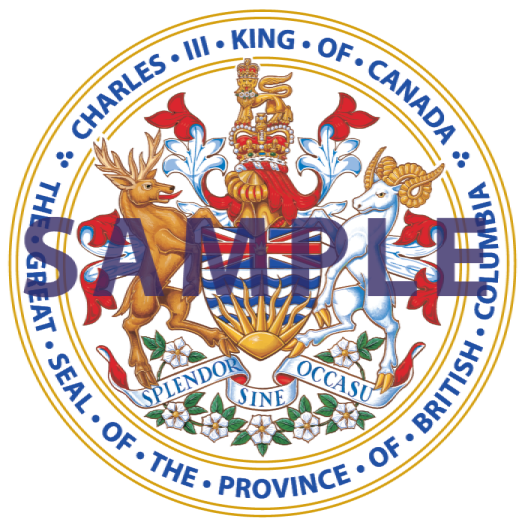
The Great Seal of British Columbia has both an administrative and ceremonial purpose. It is stamped, printed or engraved upon provincial government documents, certificates and proclamations issued by the three branches of government to authenticate them and make them official. Similar to the Great Seal of Canada, the Great Seal of British Columbia signifies the power and authority of the Crown flowing from the sovereign to our parliamentary government. The Great Seal should never be used to identify the province or government on any government publications, marketing materials, promotional items, advertising campaigns or websites.
Because the use of the Coat of Arms, Shield and the Great Seal are restricted by law, digital reproduction files are not available to download. Please direct requests to use these symbols to the Government of British Columbia’s Office of Protocol.
Provincial Flag
Adopted in 1960, the provincial flag duplicates the design of B.C.'s Shield of Arms, which is a component of B.C.’s Coat of Arms. The top of the flag depicts the Royal Union Flag, reflecting B.C.’s British heritage, with the King Edward crown in the centre representing the Royal Family. Below is a setting sun, representing B.C.’s position as Canada’s westernmost province.
The wavy white and blue lines symbolize B.C.’s location between the Pacific Ocean and the Rocky Mountains.
Any resident or corporation of British Columbia can proudly fly the province’s distinctive flag. The flag’s use is not governed by legislation but rather by convention and the dignity that should be afforded to all of the province’s symbols. Always fly the flag on its own mast. The flag may be flown both night and day. When displayed with the National Flag and a municipal flag, the National Flag should be centred with the flag of British Columbia on its left and the municipal flag on its right to an observer facing the flags. When flown at gatherings of the federation, the flags should be arranged in the order of the date each province or territory entered Confederation with the National Flag flown on the extreme left. The provincial flag should never be used as a tablecloth, carpet or seat cover, but instead be hung in a place of honour. When the flag is tattered or its colours faded, it should be retired in a dignified manner and replaced with a new provincial flag. See more information on flag protocol.
While the flag of British Columbia is protected by Crown copyright, digital artwork files are available to download. Please ensure these digital artwork files are always used as they are provided. This includes not altering the aspect ratio of the flag, using part of the flag or adjusting the image in any way. Questions can be directed to the Office of Protocol.
Download the British Columbia flag image (PNG)
Flower - Pacific Dogwood
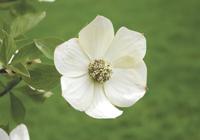
The Pacific dogwood (Cornus nuttallii) was adopted in 1956 as B.C.'s floral emblem. The Pacific Dogwood is a tree that grows six to eight metres high, and flowers in April and May. In the autumn, it's known for its cluster of bright red berries and brilliant foliage.
Bird - Steller's Jay
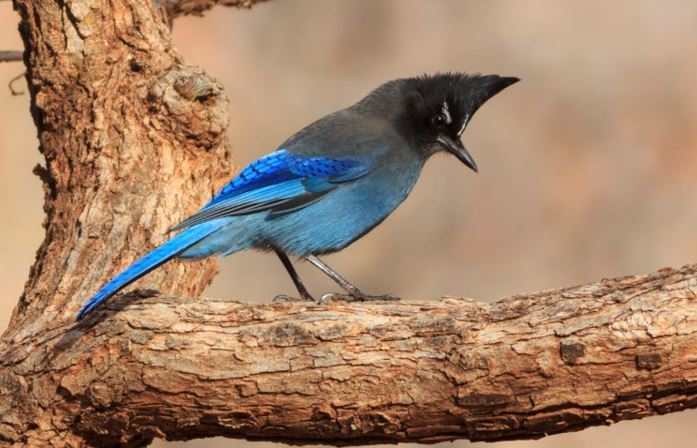
The Steller's Jay (Cyanacitta stelleri) became B.C.'s official bird on December 17, 1987. Coloured a vibrant blue and black, it's found throughout the province. This lively, smart and cheeky bird was voted most popular bird by the people of B.C.
Mammal - Spirit Bear
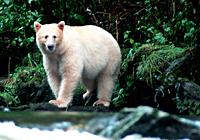
The Spirit Bear (also known as the Kermode Bear, Ursus americanus kermodei) was added to the list of B.C.'s official symbols in April 2006. The greatest concentration of Spirit Bears can be found on the Central Coast and North Coast of B.C. The Spirit Bear is not albino, but rather it is a black bear that has white fur due to a rare genetic trait.
Fish - Pacific Salmon
The Pacific Salmon (Oncorhynchus) was added to the list of B.C.'s official symbols in February 2013.
Pacific Salmon includes the following species:
- Chinook salmon
- Chum salmon
- Coho salmon
- Cutthroat trout
- Pink salmon
- Sockeye salmon
- Steelhead
Gemstone - Jade

Jade became B.C.'s official mineral emblem in 1968. Consisting mostly of nephrite, B.C. jade is prized by carvers of fine jewelry and sculptures. It's mined in many parts of B.C.
Tree - Western Red Cedar
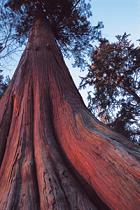
The Western Red Cedar (Thuja plicata donn) was adopted as the official tree of the province on February 18, 1988. Historically, the tree has played a key role in the lives of West Coast First Nations, and continues to be a valuable resource for the province.
Fossil
Image Source: Andy Everson
Please click on this image to see the large version
The elasmosaur or elasmosaurid marine reptile was adopted as B.C.’s official fossil on October 26, 2023. The elasmosaur was a large predatory marine reptile that roamed the seas covering B.C. roughly 80 million years ago, during the Cretaceous Period. Fossils of the elasmosaur have been found across B.C. but the most complete was found near Courtenay on Vancouver Island.
This image is protected and all requests to use this illustration must be submitted to the Government of British Columbia’s Intellectual Property Program.
Provincial Tartan
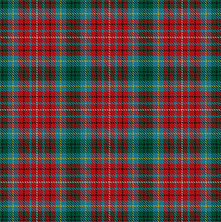
Image Source: The Scottish Registry of Tartans
Adopted in 1974, the provincial tartan has five colours, each with its own significance:
- Blue for the ocean
- White for the dogwood
- Green for the forests
- Red for the maple leaf
- Gold for the crown and sun on the shield and flag
Read about the Corporate Identity Guidelines - Emblems of British Columbia (PDF)
If you want to use "B.C." or "British Columbia" in a name, you must receive approval first.
Find out how to request approval.
Contact information
250 387-1616
250 356-2814
protocol@gov.bc.ca

